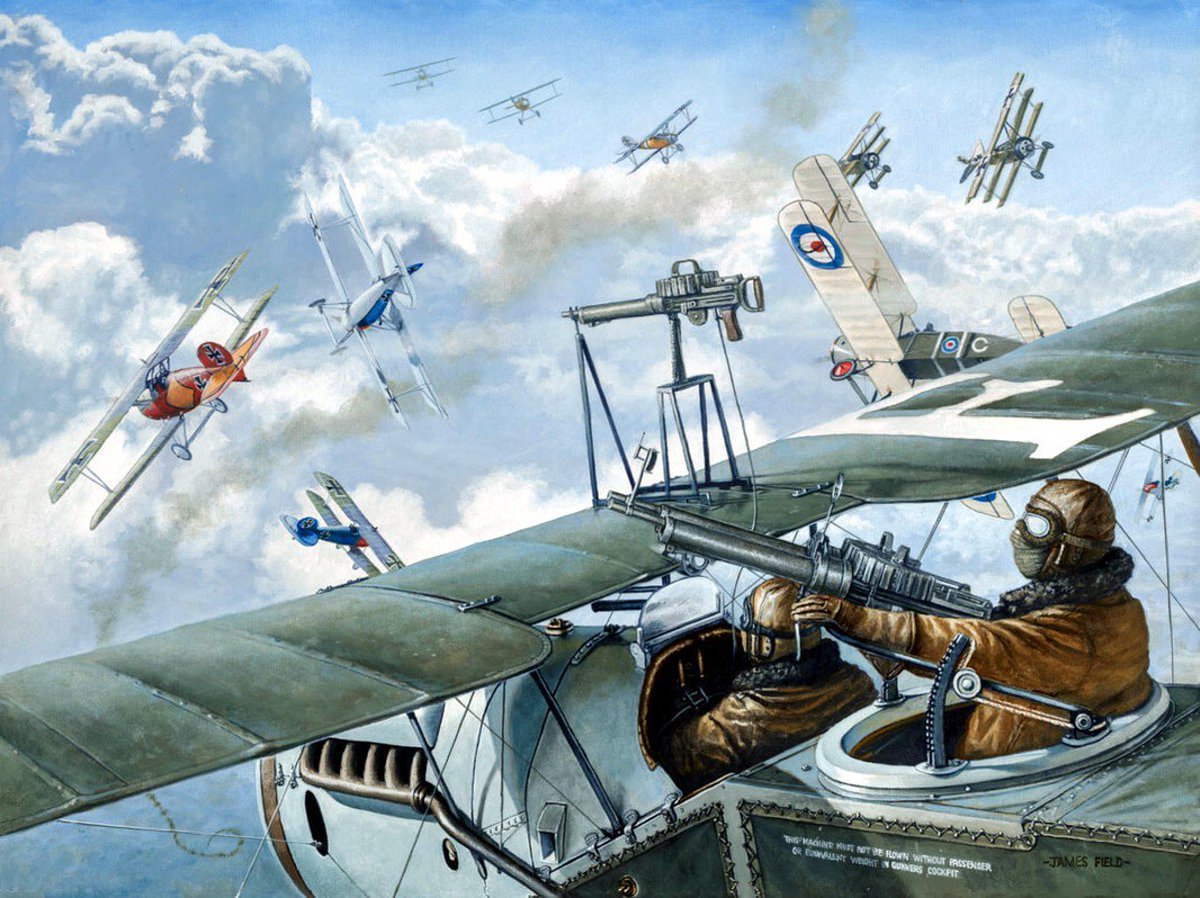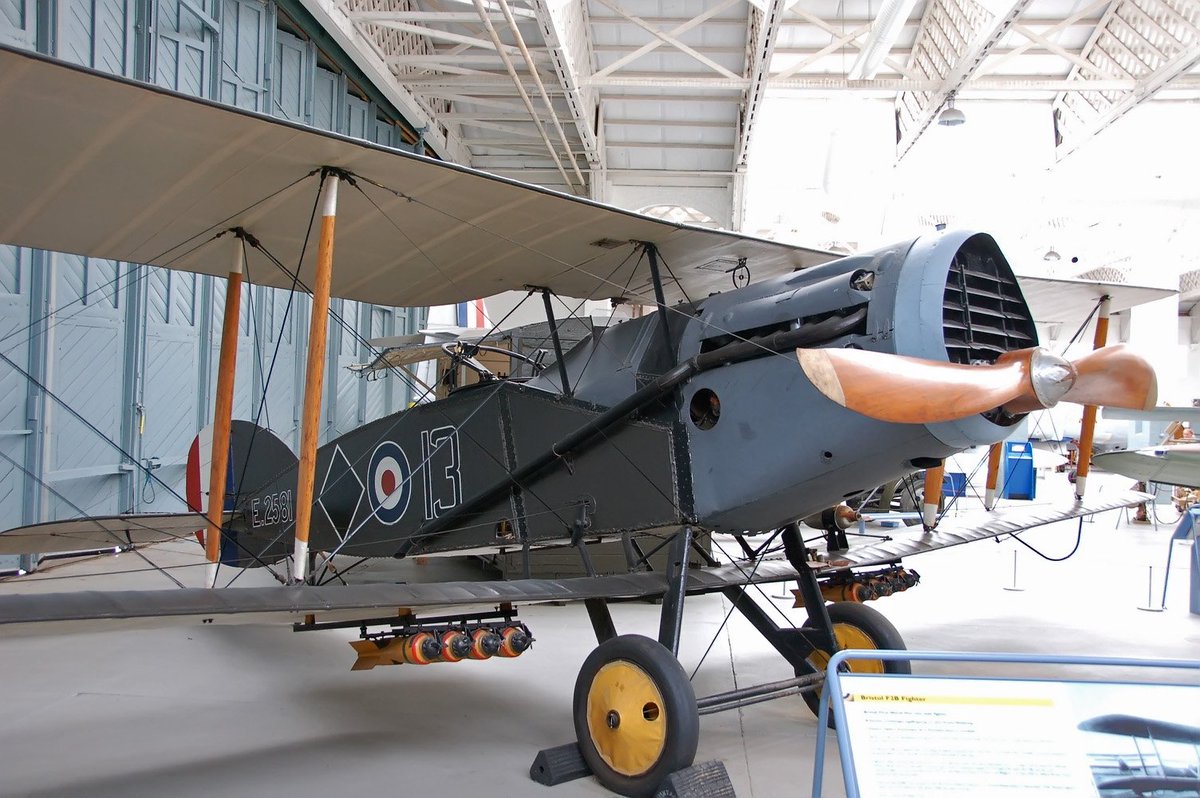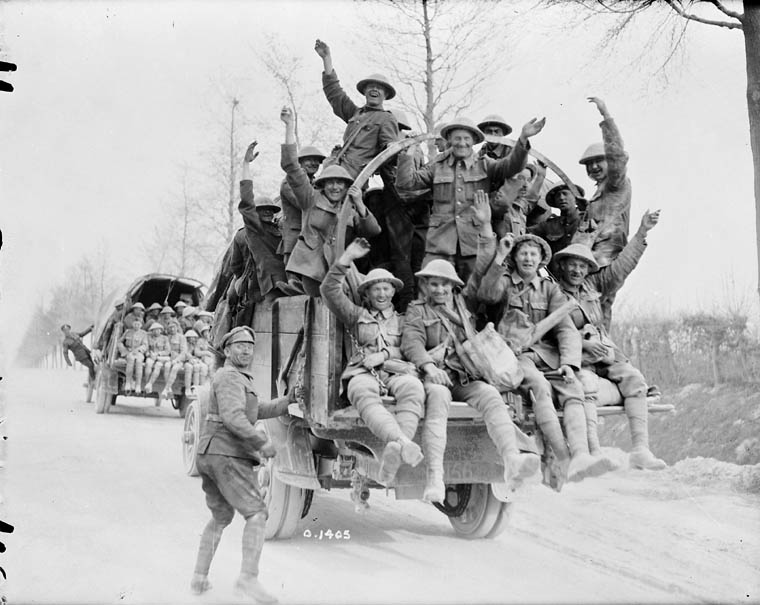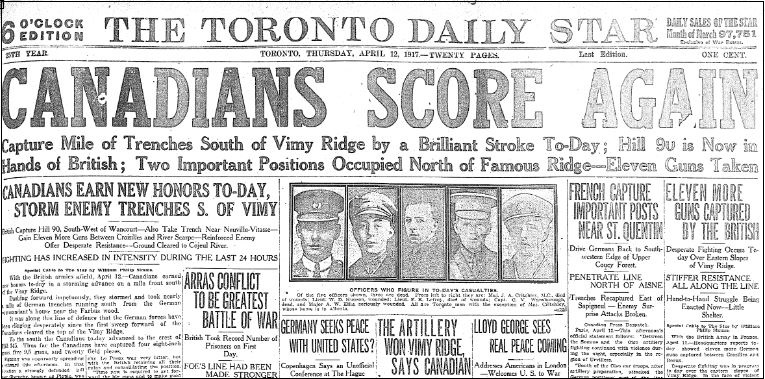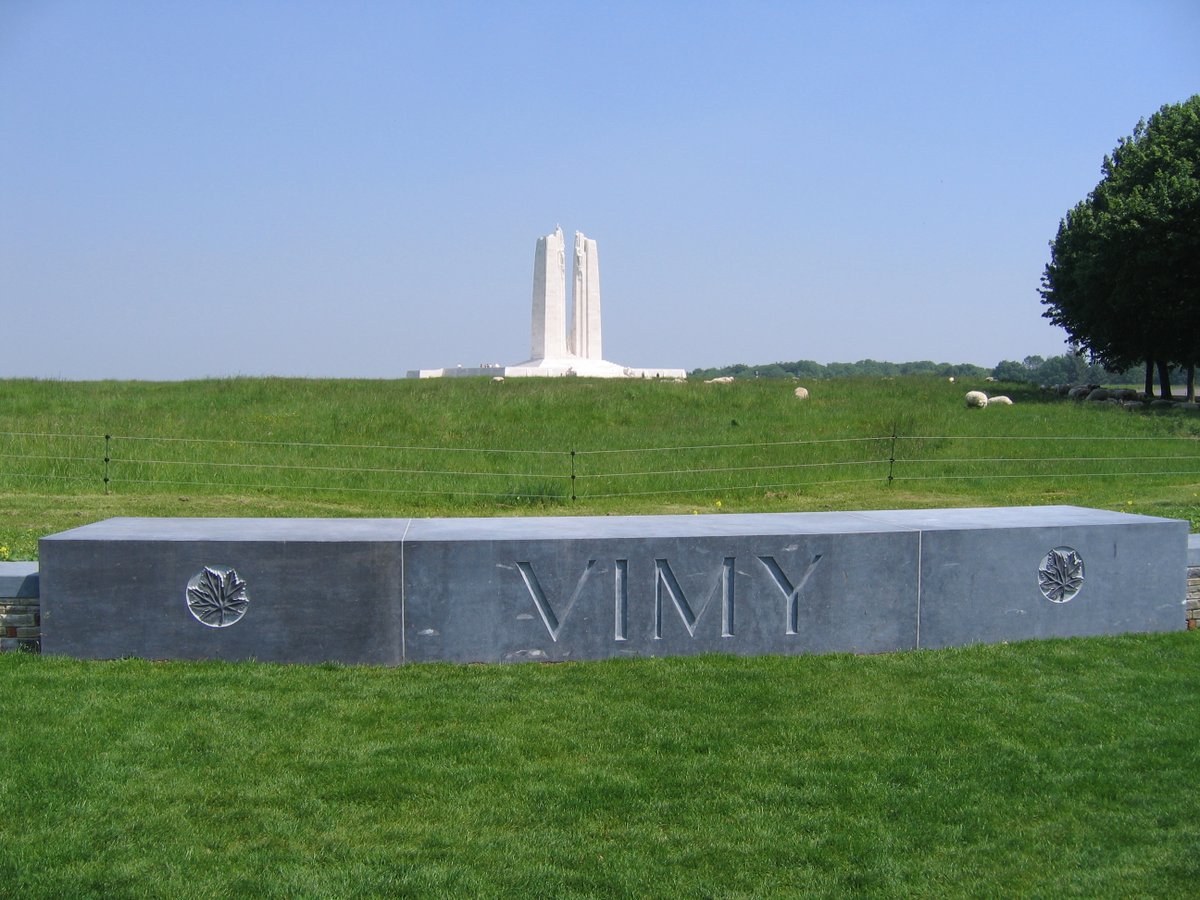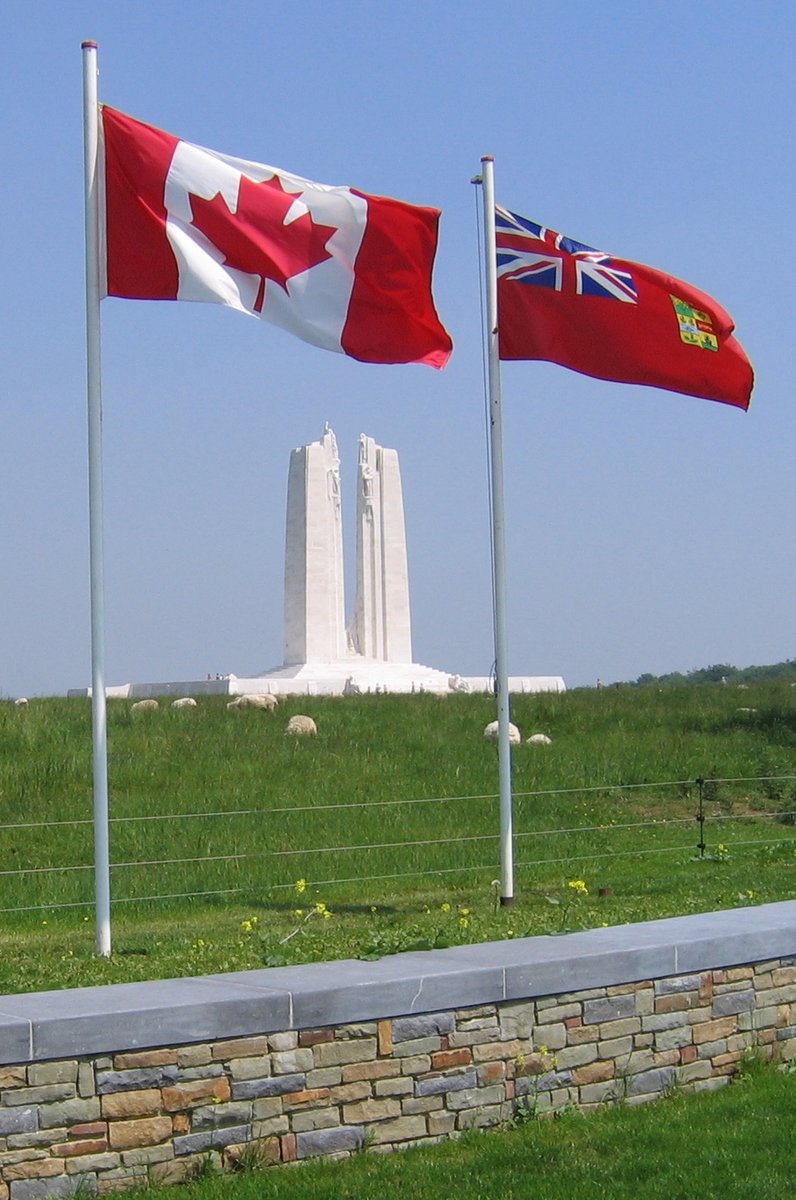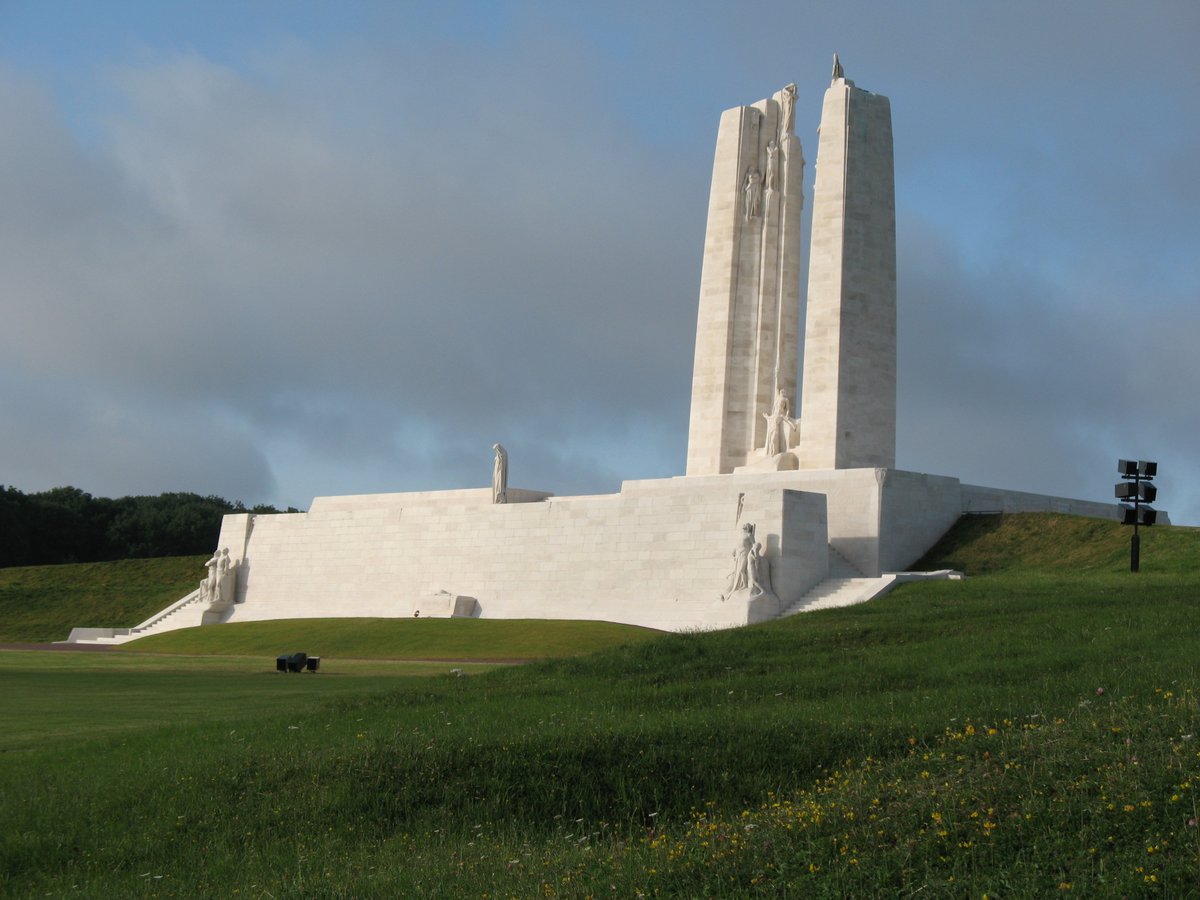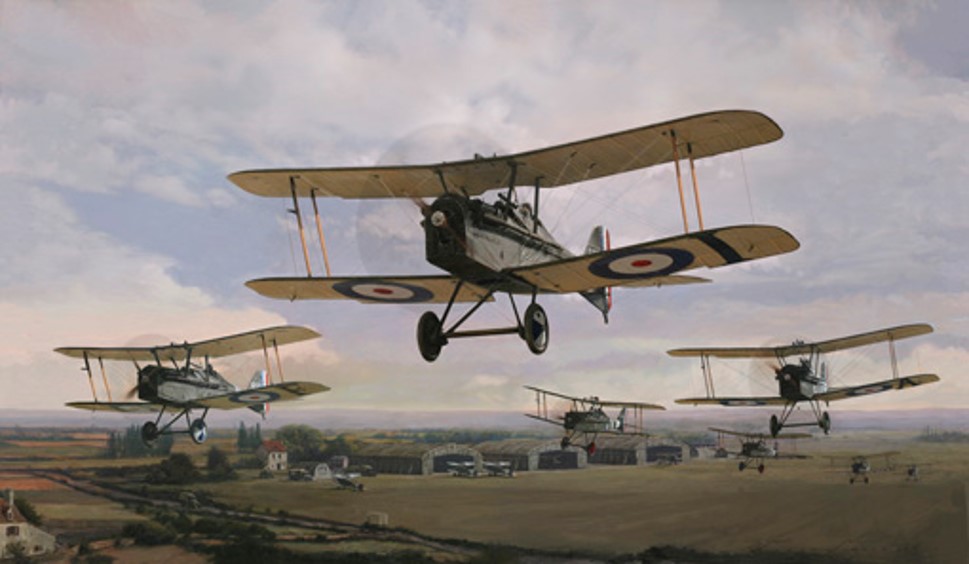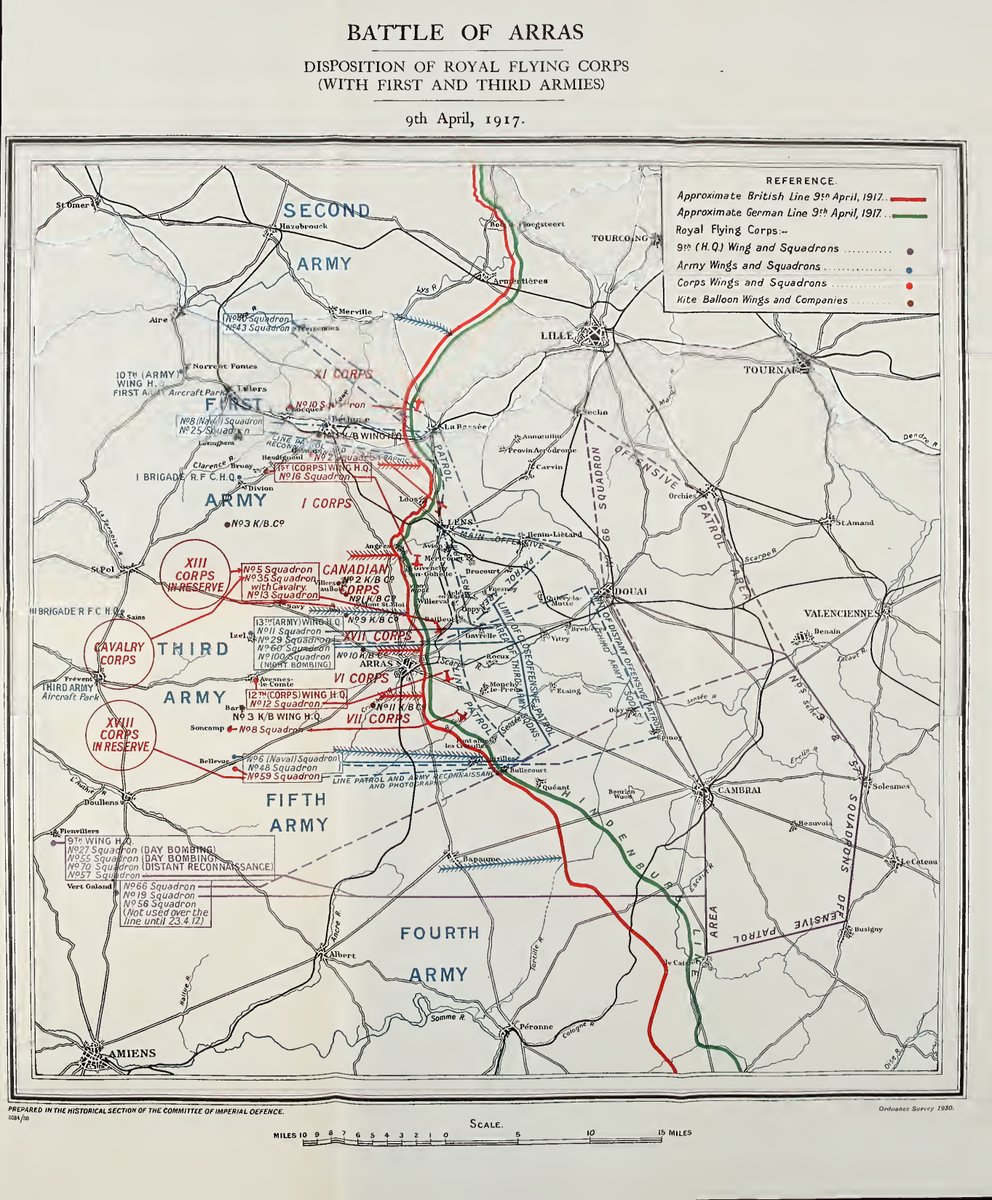7 August 1944 was a BAD day for the German army in Normandy. Operation Totalize shattered their defensive line south of Caen and their biggest offensive in Normandy, Op Lüttich, was decisively defeated at Mortain.
A thread...
1/17
A thread...
1/17

The German army made a brief stand south of Caen while a succession of Anglo-Canadian operations - Goodwood/Atlantic and Spring as well and British operations west of the Orne River severely attritted their combat strength.
2/17
2/17

German defences on Verrières Ridge were strong so Lieutenant-General Guy Simonds, commanding 2 Canadian Corps developed a new plan. Massed artillery wasn't enough to defeat the German defence-in-depth so new tactics were needed.
3/17
3/17

Operation Totalize employed RAF heavy bombers to isolate the flanks of the attack while armoured phalanxes from 2nd Cdn Inf Div/2nd Cdn Armd Bde and 51st Br Inf Div/33rd Armd Bde crashed through the main German line.
4/17
4/17

Simonds was at his creative best in this operation. Against Allied doctrine, the attack would be launched at night using Bofors AA guns firing tracers and searchlights to help the troops keep direction.
5/16

5/16
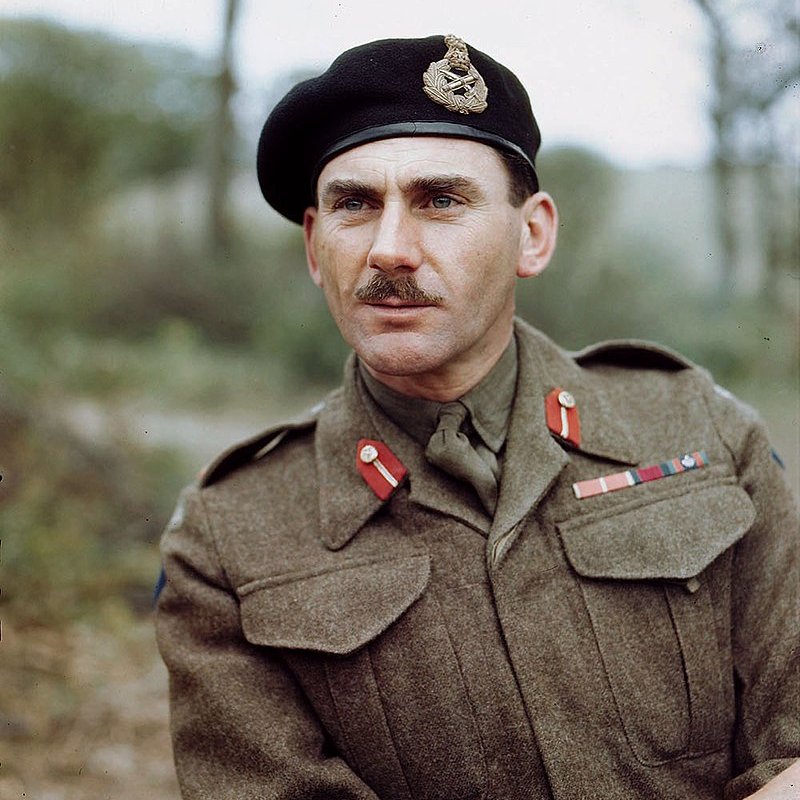

As well, armoured personnel carriers were used for the first time. These "defrocked Priests" were an ad hoc solution that used converted M7 Self Propelled Guns to carry infantry under protection.
6/17
6/17

Simonds' plan worked well. It took hard fighting but casualties were lighter than previous attempts and Verrières Ridge was now in Allied hands. By morning, the Canadians had reached Cintheaux and seemed poised to turn the break-in battle into a breakthrough and break-out.
7/17
7/17

If this wasn't bad enough for the German army, 7 Aug saw the complete defeat of their own major offensive. Hitler ordered Op Lüttich to capture Avranches and cut off Patton’s 3rd US Army which was advancing rapidly across Brittany. He needed a huge victory to save Normandy.
8/17
8/17

The counterattack included 4 panzer divisions (2nd, 116th, 2nd SS, and parts of 1st SS) and 300 tanks. As well, the XLVII Panzer Corps was supported by two infantry divisions and 5 kampfgruppen formed from the remnants of Panzer Lehr and four equally battered infantry divs.
9/17
9/17

The German attack made good progress in the morning. The Americans quickly rallied and the German advance was checked near the town of Mortain by the heroic stand of the US 30th Infantry Division. Artillery, directed by brave FOOs, was the key in stopping the attack.
10/17
10/17

For the RAF, 7 Aug is known as the "Day of the Typhoon." The dire threat was recognized by Allied commanders who diverted all available resources to contain the attack. 2nd Tactical Air Force and US 9th Air Force were very effective at interdicted the German offensive.*
11/17
11/17

*but not as effective as air power proponents contend.
12/17
12/17
Typhoons and Thunderbolts were not good at destroying tanks and other battlefield targets. However, in an emergency they could surge and make a difference on the battlefield. This was not sustainable, but it could be effective in the short term as Mortain showed.
13/17
13/17

Here's a more detailed thread I previously wrote on the Mortain offensive and the role of air power:
14/17
https://twitter.com/mike_bechthold/status/1159140046139793408?s=20
14/17
Hitler's offensive had committed his army deep into the western reaches of Normandy. It did nothing to stop Patton who captured Le Mans on 8 August and continued to advance eastwards. This was the beginning of the great encirclement, later known as the Falaise Gap.
15/17
15/17

By the end of 7 Aug, the Anglo-Canadians had captured Verrières Ridge and advanced more than 8 kms towards Falaise while the German counteroffensive at Mortain had been decisively smashed.
16/17



16/17




The back of the German army was broken on 7 August. The hard fighting in Normandy would continue but any faint German hope for a victory in Normandy evaporated. Hitler's forces could do nothing but retreat and all of France would soon be liberated.
17/end
17/end

• • •
Missing some Tweet in this thread? You can try to
force a refresh








